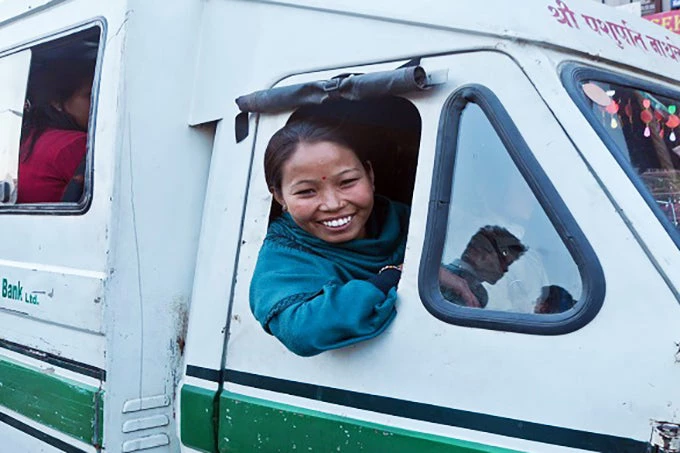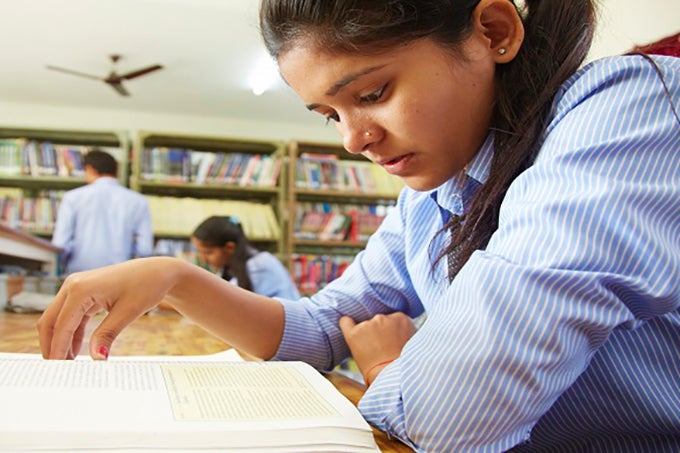
Today marks International Women’s Day throughout the world. Here in Nepal, it is a joyful tribute to the fact that the country boasts three women holding key leadership positions in the country – Bidhya Devi Bhandari as President, Sushila Karki as Chief Justice of the Supreme Court, and Onsari Gharti Magar as Speaker of the Parliament.
All three are the first women to hold their respective posts, and the Chief Justice, especially, has been lauded as a bold and independent decision-maker.
The Constitution of Nepal 2015 has been a huge improvement from the days of yore: Article 38 deals with the rights of women that include rights to lineage, right to safe maternity and reproduction, right against all forms of exploitation, and equal rights in family matters and property.
The Government of Nepal is also working to incorporate gender equality in all development policies and programs, including developing a gender responsive budget system.
We also have excellent examples of women making great leaps in almost all fields – science, economics, banking and finance, media, environment, education, public health, social service and development.
And in a heartening move, Chhaupadi, an inhuman practice that imposes upon women to stay outside their homes in unhygienic cow sheds during menstruation and childbirth, is set to be criminalized in the new legal code.
However, progress made in specific fields has not yet contributed to the overall improvement in girls’ and women’s lives across the country. Similarly, plans and policies do not always spur positive changes in reality.

According to the Nepal Living Standards Survey (2010/11) Nepal has an adult literacy rate of 56.6%. However, the male and female literacy rates stand at 71.6% and 44.5% respectively, pointing to a huge disparity between the two genders. The National Census 2011 states that the literacy rates of men and women in Nepal differ by 17.7%. It is then no surprise that women have less education, information, and opportunities for self-enhancement at home, let alone in the professional world.
More alarming, girls and young women, burdened by household chores and societal restrictions, are at a high risk of dropping out of school before even completing primary education.
Similarly, a National Women’s Commission Report on the Socio-Economic Status of Women in Nepal presents evidence that women have lower access to education, health services, property, social security and freedom, as well as decision-making processes.
This is a constant reminder that although Nepal has made progress, gender equality has not been achieved.
Women in Nepal still face challenges in conferring citizenship rights to their offspring without the consent and support of the father, leaving single mothers at a huge disadvantage.
Girls and young women face numerous challenges in their everyday life, ranging from the ill effects of early marriage to psychological and sexual violence, fewer opportunities in the workspace to superstitions and societal traditions that always seem to place women on a lower rung.
International Women’s Day is a day which all conscientious and thoughtful individuals must carry in their hearts and minds. If we are to make our individual countries and the entire world a better –and more equal-- place for all men and women, every single day needs to be imbibed with the basic spirit of this day.
In Nepal, the engine of change has been kicked into ignition. And each one of us is responsible to keep it running along the path to transformation.


Join the Conversation